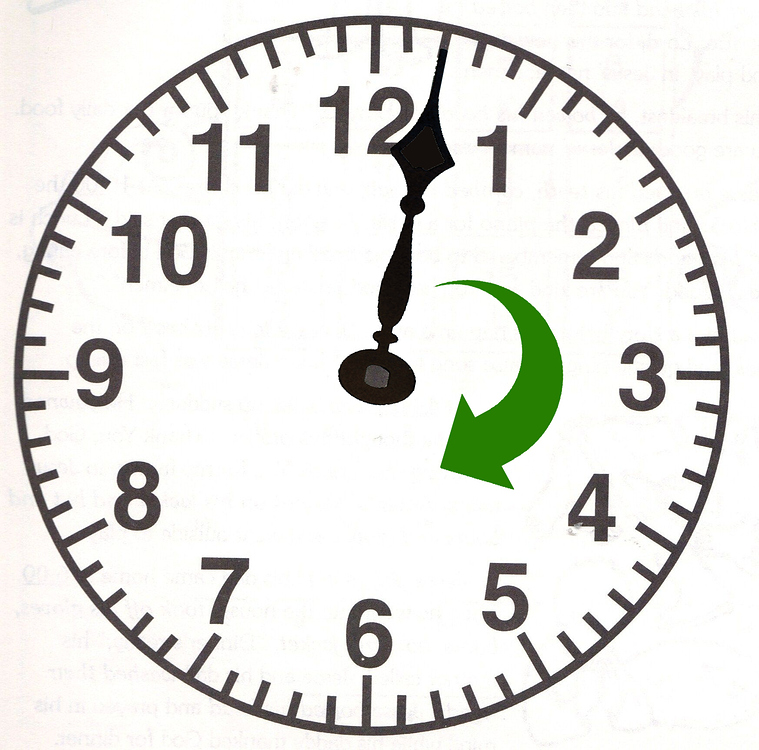

(Oxford, UK: Oxford University Press), in press.ĭe Luca, L.M. In Gene Probes: A Practical Approach, Vol. In situ hybridization of nucleic acid probes to cellular RNA.


Genomic organization of human centromeric alpha satellite DNA: Characterization of a chromosome 17 alpha satelite sequence. Single-step method of RNA isolation by guanidinium thiocyanate-phenol-chloroform extraction. High frequency DNA rearrangements associated with mouse centromeric satellite DNA. Purification of mouse immunoglobulin heavy-chain messenger RNAs from total myeloma tumor RNA. These data may have implications on retinoic acid-mediated transcriptional regulation and centromere function.Īuffray, C., Rougeon, F. In situ hybridization analysis revealed that satellite transcripts are generated from opposite DNA strands and are differentially expressed in cells of the developing central nervous system as well as in adult liver and testis. Heterogeneously sized satellite transcripts were detected in RNA from specific mouse tissues, such as fetuses (but not placenta), adult liver, and testis. Satellite transcripts were also detected in HeLa cells, where they were similarly down-regulated by retinoids. These transcripts were strongly repressed by retinoic acid, and nuclear run-on assays revealed that this repression was, at least in part, mediated at the transcriptional level. In Northern analysis, these satellite DNA sequences hybridized predominantly to an ≈1.8-kb RNA species in polyadenylated RNA from P19 cells. Several cDNA clones were then isolated from a F9 cell cDNA library and were found to harbor variants of the 234-base pair consensus γ satellite monomer. Using in vitro immuno-selected retinoic acid response elements, we have isolated mouse genomic clones containing major (γ) satellite DNA repeats that are considered as typical of chromosome centromeres.


 0 kommentar(er)
0 kommentar(er)
